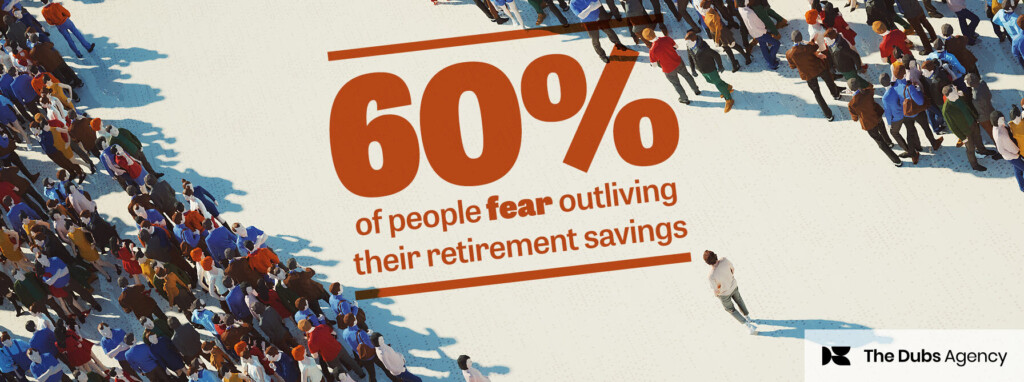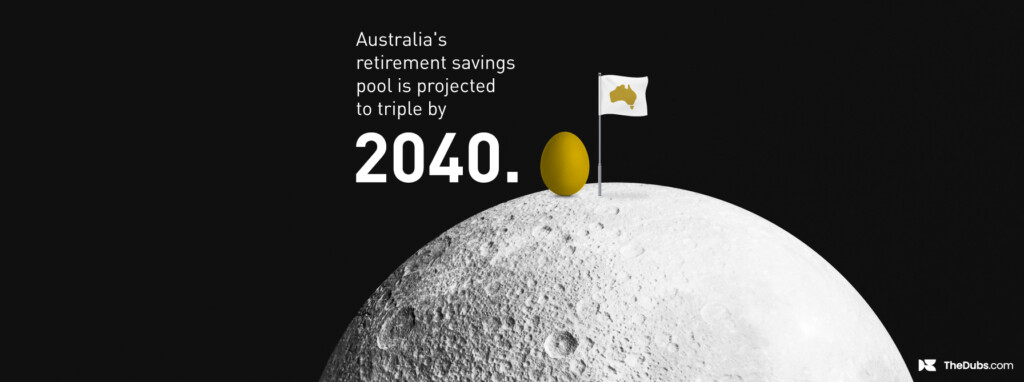Of the time we spend on our mobile devices, 91% is taken up with apps. That’s 10 out of every 11 minutes.
We turn to apps for nearly everything, from ordering food to finding our way, and even finding love.
Dealing with our finances is no exception. In 2018, 3.4 billion finance apps were downloaded globally, representing a 75% increase since 2016.
But if you want your finance brand to be a part of your customers’ daily mobile interactions, it’s not just a case of having an app, it needs to be stitched into your finance content marketing strategy—with emphasis on the word ‘strategy’. Most brands have an app of some kind, but how many of them explore its limits—so the app not only delivers a service but also forms part of a smart finance content strategy?
Here we look at how finance brands can go beyond the basic service function of a finance app.
Connect your finance app to your content marketing
This might sound obvious, but a lot of finance brands aren’t doing it. The easiest way to make your app part of your finance content marketing strategy is connecting it directly with content. Ideally, this content should be personalised for each user, according to their financial situation and behaviour.
“ It’s not just a case of having a finance app, it needs to be stitched into your finance content marketing strategy.”
The ING banking app does this neatly with a section labelled ‘My Offers’, which offers a tightly-curated, ever-changing selection of content, covering everything from home loans to insurance, and superannuation. The user can apply for products on the spot or visit the ING website to learn more.
Send your finance app on a mission
For many finance brands, the app often acts as a handy, all-round service provider. However, that doesn’t mean it can’t be given its own special mission—a mission that aligns with your finance content marketing goals.
[dianomi]
For example, Wealthsimple is an investment app with a simple aim: the democratisation of tools previously available to only the wealthiest. Users can not only invest money on a low-fee basis, but also benefit from the reinvestment of dividends, tax-loss harvesting and rebalancing—all done automatically through artificial intelligence.
Gamifying and educating with your finance app
If you’re struggling with the age-old challenge of how to make finance content desirable and interesting, then you could consider gamifying an app. This means transforming everyday activities, like saving and budgeting, which many find dull and difficult, into fun and educational hobbies.
As you might expect, fintechs have been leading the way. Among the most popular is Long Game, which invites users to open a savings account, via Blue Ridge Bank, in order to play lottery-style games, like spin to win, as well as real-life games, like meeting set savings targets.
These games involve no financial risk, and allow total wins of up to 1 million—in dollars and cryptocurrency, while teaching users how to save.
Optimising customer service with a human dimension
Deliver outstanding customer service and extend your app’s capabilities by adding a human dimension. This is an excellent way of building trust, by making users feel as though they haven’t been abandoned to the robots. Plus, it means that when users have technical difficulties or complex questions, help is available immediately.
Take inspiration from the Albert personal finance app. It offers Albert Genius, which for a small monthly fee lets the user ask questions over text message to a human financial adviser. Such questions may cover nearly any financial issue imaginable, from buying a car to starting a family, and advisers base their responses on a mix of algorithms and their own years of experience.
Ready to add an app to your finance content marketing mix—or take your existing finance app from a service to a strategy? From app design and development to a supporting content strategy, we can help.









